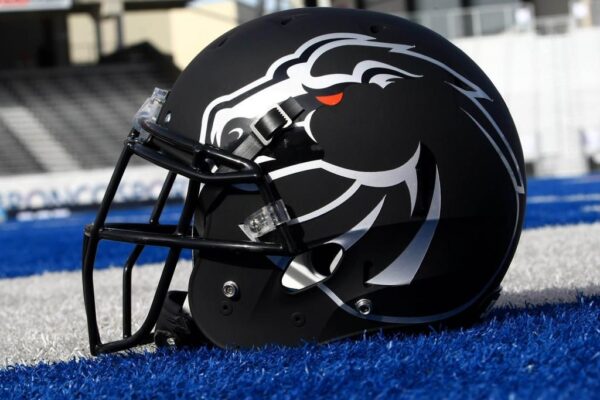In the whirlwind of college football’s off-season, rumors and speculation often gather more attention than the games themselves. One of the latest buzzes making rounds is the possibility of Utah Utes transitioning from their soon-to-be home in the Big 12 to the Atlantic Coast Conference (ACC). This story, which seems to have sparked intrigue and debates across the college football landscape, took its roots from speculation proposed by an East Coast-based writer, igniting discussions on various platforms.
Utah’s impending membership with the Big 12, set to commence this August, was seen as a significant move for the university, marking its continued rise in the college football ranks. However, the ACC’s current turmoil, particularly with Florida State and Clemson’s dissatisfaction over financial distributions, adds a layer of complexity to the narrative. These powerhouse schools are seeking a larger slice of the conference revenue pie, a demand the ACC struggles to meet, pushing the conference towards a potential breaking point.
The Big Ten has been floated as a viable alternative for Utah, given its storied history and financial robustness. However, the integration of Utah into the Big Ten might stumble upon challenges related to cultural fit and geographic logic, crucial factors often overlooked in the high-stakes world of conference realignments.
Amid these discussions, Boise State emerges as an interesting subplot. The school, renowned for its distinctive blue turf and strong athletic programs, especially in football and basketball, could be an attractive proposition for the Big 12. Boise State’s national appeal and competitiveness, coupled with its historic rivalry with BYU, present an enticing package that could enhance the Big 12’s television ratings and overall brand.
Despite Boise State’s potential as a powerhouse addition, the university’s current athletic offerings fall short of fulfilling the full membership criteria for the Big 12. A partial membership focusing on football and basketball might serve as a mutually beneficial arrangement in the interim, paving the way for Boise State to eventually expand its athletic department to secure full membership status.
The Big 12’s oversight in not securing Boise State with an irresistible offer is a missed opportunity, especially when considering the university’s value in terms of competitiveness, marketability, and fan engagement. As the college football off-season continues to unfold, it’s clear that the landscape of college athletics remains in a state of flux, with potential realignments and strategic moves promising to reshape the future of conferences and their member institutions.




